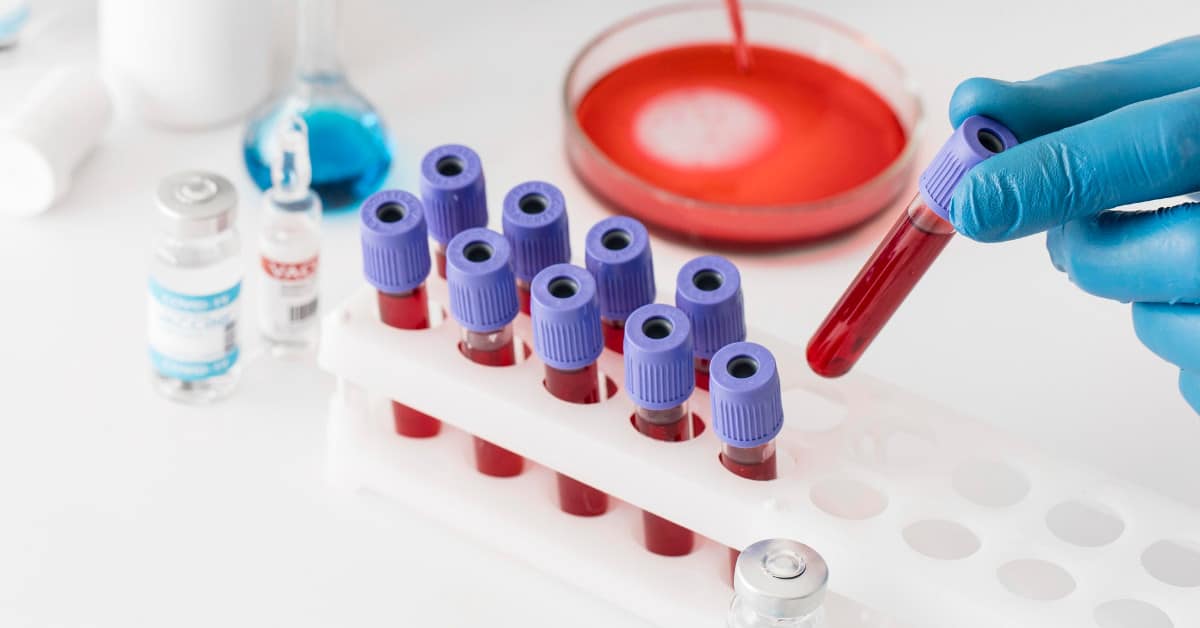Many factors influence blood volume. The amount of blood in the human body can vary depending on your height, weight, sex, among other conditions.
In fact, all people have different amounts of blood from each other.
What is blood?
It is a liquid tissue that runs throughout the body through blood vessels such as arteries, veins, and capillaries. Blood is made up of various elements such as red blood cells, white blood cells, plasma, and platelets. All of them are essential for survival.
How much blood is there in the average human body?
It is estimated that in the average adult human body there are about 5 liters of blood. However, there are some variations. Let’s see what they are:
- Babies. Babies who are born full-term (that is, in the 38th or 39th week of pregnancy), have about 75 milliliters of blood for every kilogram of body weight. This represents between 9-10% of the baby’s body weight. For example, if the baby is born weighing 8 pounds (about 3600 grams) she will have about 0.07 gallons of blood.
- Kids. A child between the ages of 5 and 6 who weighs about 80 pounds (about 36 kilograms) has about 0.7 gallons of blood in her body. This equates to 2650 ml of blood. For every kilo of body weight, there are about 70 to 75 ml of blood. Basically, blood represents 8 to 9% of body weight in average children.
- Adults. An average adult weighs between 150 to 180 pounds (equals 68 to 81 kilograms). Therefore, the amount of blood circulating in your body is approximately 1.2 to 1.5 gallons of blood. In adults, blood represents only 7 to 8% of total body weight. This represents approximately 4500 to 5700 ml.
- Older adults. As we age, the total blood volume decreases by approximately 24%.
How much blood is there in the human body in liters?
If you like more to read the amounts expressed in liters, you don’t have to go for the calculator. Next, you will know the equivalent in liters:
- Babies. In full-term babies weighing about 3 kilograms, there may be about 270 ml of blood, this is equivalent to 0.27 liters. About the same amount of blood as an adult cat.
- Kids. An average child, which is 36 kilograms, can have about 2.65 liters of blood in her body.
- Adults. However, in women, this amount is slightly lower. For example, while adult men have between 4.25 to 5.67 liters of blood in their bodies, in women there are only about 4.25 liters.
Why do the blood percentages vary?
The blood in the body of children usually represents greater body weight. This is because organs and bones in children tend not to weigh as much as in adults.
In pregnant women, blood volume increases by 30 to 50% to support the healthy growth and development of the baby. This causes an additional 1 to 1.50 liters of blood to increase in the body of pregnant women.
What happens after donating blood?
When an adult donates blood, about 450 ml of blood is drawn. This amount is considered safe and will not harm the donor unless the donor has a special health condition. However, before donating, the healthcare provider will ask you everything necessary to ensure your safety.
Some people may get dizzy, but just keeping your legs elevated and resting will be enough to recover.
Now, it’s not healthy to donate every day. Red blood cells have a lifespan of about 120 days. Although the bone marrow is continually producing new red blood cells, it is not enough to replenish donated blood overnight.
Red blood cells are the blood cells responsible for carrying oxygen throughout the body.
The human body takes at least 4-6 weeks to fully recover from a donation.
What is blood volume measured for?
Doctors do not regularly measure blood volume. It is possible to estimate the amount of blood through other tests, for example, through a test known as a “hemoglobin and hematocrit test.”
Another way to estimate the amount of blood your body has is through bodyweight and your hydration status. These are alternative strategies to indirectly measure how much blood is in the human body.
However, a blood volume test can be done when your doctor wants to evaluate conditions such as shock, kidney failure, and congestive heart failure.
There are several ways to do this test. A tracer substance is often placed in the body by injecting it into the veins. The doctor will use imaging studies to track how blood moves through the body.
Conclusion
The amount of blood a person has varies according to sex, age, and size. However, the average amount of blood in adults ranges from 4 to 5 liters.
References
- Sharma R, Sharma S. Physiology, Blood Volume. [Updated 2020 Apr 25]. In: StatPearls [Internet]. Treasure Island (FL): StatPearls Publishing; 2021 Jan-. Available from: https://www.ncbi.nlm.nih.gov/books/NBK526077/
- Gutierrez, G., Reines, H. D., & Wulf-Gutierrez, M. E. (2004). Clinical review: hemorrhagic shock. Critical care (London, England), 8(5), 373–381. https://ccforum.biomedcentral.com/articles/10.1186/cc2851
See Also
What is CBC Blood Test?
How to increase Hemoglobin Levels?
All Types of Blood
What is MPV Blood Test?
Basophils Normal Level









